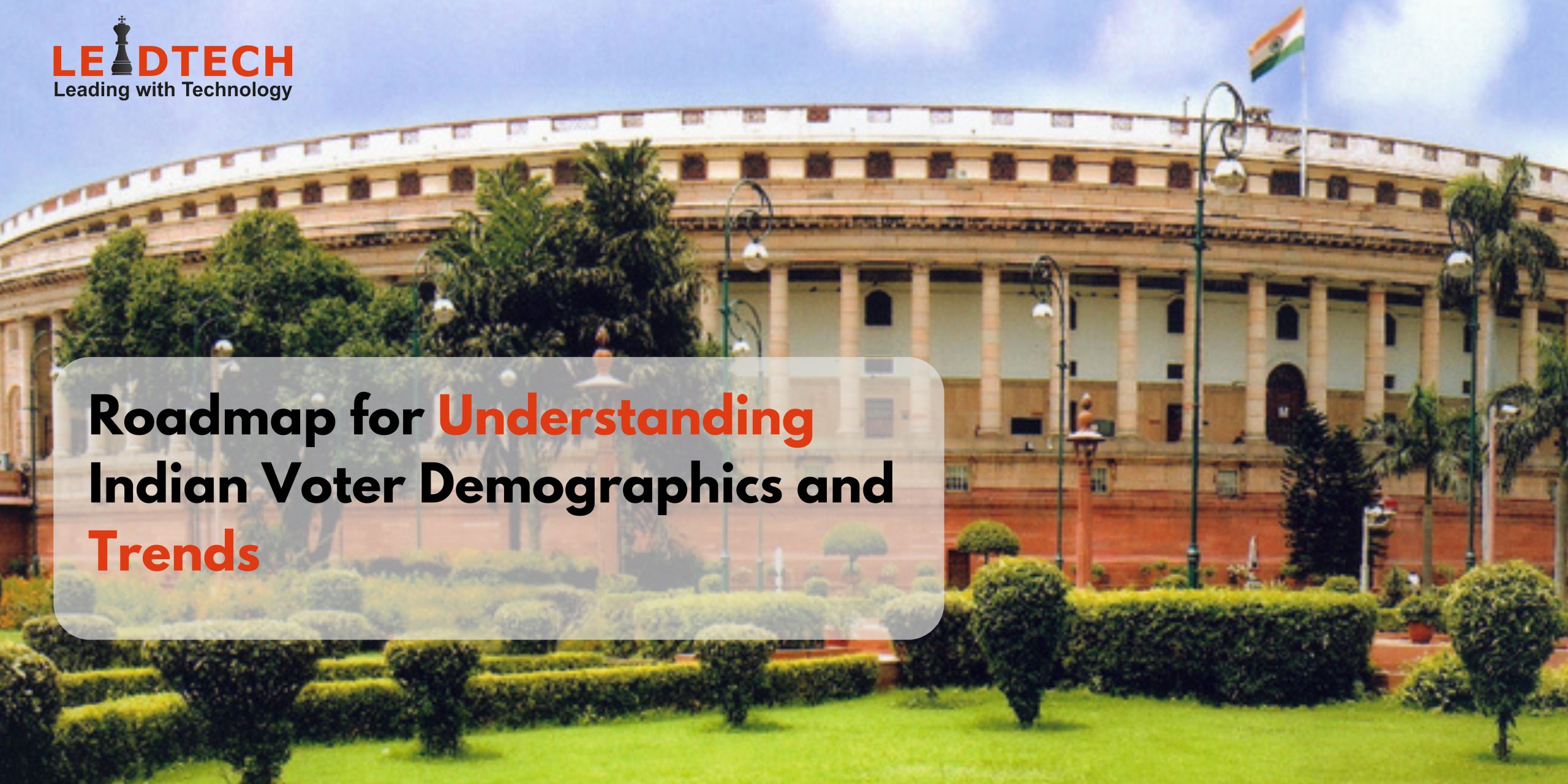
In the dynamic landscape of Indian politics, understanding voter demographics and trends is crucial for political parties to tailor their campaigns effectively. With a diverse electorate comprising various demographic segments and evolving preferences, parties must navigate intricate dynamics to secure electoral success.
Let’s delve into the analysis of voter demographics and trends based on past elections and current polling data, shedding light on key segments that parties should target and emerging voter preferences.
Youth Power:
India’s youth demographic, defined as voters between the ages of 18 and 35, constitutes a significant electoral force. With over 600 million individuals in this age group, their voting preferences can sway election outcomes. Past elections have shown a growing inclination among young voters toward issues like employment opportunities, education, and social justice.
Targeting Rural Heartlands:
India’s rural population continues to wield considerable electoral influence, with over 65% of the electorate residing in rural areas. Parties must address rural concerns such as agriculture, infrastructure development, and access to basic amenities to resonate with voters in these heartlands. Moreover, initiatives like the Pradhan Mantri Gram Sadak Yojana (PMGSY), Mahatma Gandhi National Rural Employment Guarantee Act (MGNREGA), and Pradhan Mantri Awas Yojana (PMAY) have gained traction among rural voters, signaling their importance in political campaigns.
Urban Dynamics:
India’s urban centers, characterized by rapid urbanization and a burgeoning middle class, present a unique set of challenges and opportunities for political parties. Issues like urban infrastructure, pollution, healthcare, and employment resonate strongly with urban voters. Moreover, the youth and tech-savvy urban population is increasingly influenced by digital media and social networking platforms, making digital campaigning essential for parties vying for urban votes.
Meme Culture:
In recent years, meme culture has become a potent force in shaping political discourse, especially among young voters. Memes, often humorous and satirical, have become a popular medium for political commentary and criticism. Parties that embrace meme culture and engage with it creatively can effectively reach out to young, digitally-savvy voters and inject humor into their campaigns while conveying their message.
Regional Diversity:
India’s vast and diverse geographical landscape is reflected in its regional political dynamics. Each state and union territory has its unique socio-cultural fabric and political priorities, necessitating region-specific campaign strategies. For instance, parties must factor in regional identities, language preferences, caste dynamics, and local issues while crafting their messaging and policy agenda.
Emerging Voter Preferences:
Current polling data suggests several emerging voter preferences that parties should take into account:
- Performance-Based Governance: Voters are increasingly demanding performance-based governance, focusing on issues like infrastructure development, healthcare, and education outcomes.
- Transparency and Accountability: There’s a growing emphasis on transparency and accountability in governance, with voters holding parties and politicians accountable for their promises and actions.
- Social Welfare Schemes: Government welfare schemes like the Pradhan Mantri Jan Dhan Yojana (PMJDY), Ayushman Bharat, and Ujjwala Yojana have garnered widespread support among voters, especially in rural and marginalized communities.
Conclusion:
In conclusion, understanding voter demographics and trends is paramount for political parties seeking electoral success in India. By analyzing past elections and current polling data, parties can identify key voter segments, tailor their campaign strategies, and address emerging preferences effectively. From youth empowerment to rural development and regional dynamics, parties must navigate through diverse challenges and opportunities to connect with voters and secure their mandate in the vibrant democracy of India.
For more political updates and trends, Read Leadtech blog.

